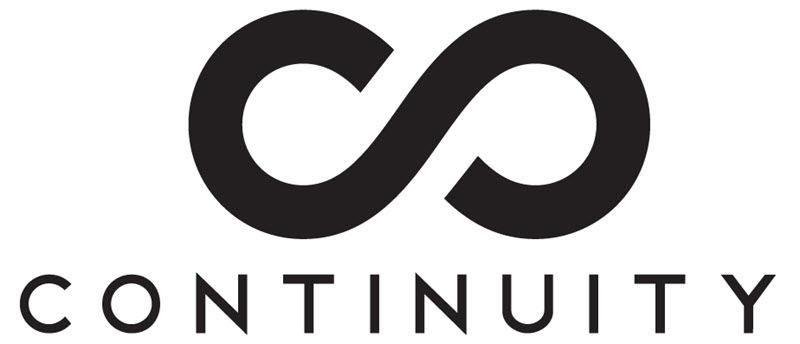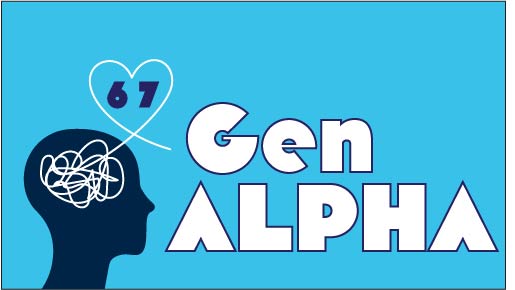WARNING: If you plan on watching 13 Reasons Why and you’re behind the curve, don’t continue reading this article; Spoilers lie ahead!
As high school and teen shows go, it can be understood that a majority of the storylines, characters, and settings may be unrealistic. When a show and its writers take themselves too seriously, it can be reflected in just about every aspect of the show: from acting, to dialogue, to the entire story itself.
The Netflix original 13 Reasons Why was an immediate hit upon its release on March 31, effectively resurrecting the story of Hannah Baker, originally told in Jay Asher’s 2007 novel of the same title. The show and the novel are not without their problems, most of which deal with poor representation of real-world issues plaguing teens all over the world.
I had hope that the show would take time to treat this touchy subject appropriately, but it failed to do so. Suicide and self-harm are very serious and important topics to discuss among teenagers. Of course, as with all important topics, there are right and wrong ways to go about the discussion. 13 Reasons Why makes an attempt at bringing the subject of suicide to light, but it fails at connecting the mental health issues that often coincide with suicide. Ignoring this aspect of such a controversial and sensitive topic is problematic to many viewers experiencing mental illness and/or suicidal thoughts and actions, since the show misrepresents something so common that is already misrepresented in media and entertainment across the board. By misconstruing something so serious, the show manages to trivialize the issue of suicide.
If you didn’t already know, the main character, Hannah Baker, commits suicide. Before ending her life, she records 13 tapes, each tape documenting how a person pushed her towards the edge, inadvertently or not. The events depicted from Hannah’s point of view are often skewed, providing the listeners with only her truth. As each person listens to the tapes (in order of appearance on the tapes), they learn of how their actions affected Hannah and how those actions lead to her death. The tapes get passed on to each person mentioned, and so on and s forth. As teenagers often do, many of the characters defended themselves against Hannah’s word and resented her for calling them on the carpet for their wrong-doings.
Now, before getting the idea that Hannah was justified in recording the tapes and persecuting each of the people in her life, viewers must take note of one thing: many of the things that happened to Hannah were either her fault or not that big of a deal. Many of the issues happening in Hannah’s life before her death could have been solved or avoided with some simple confrontation, especially when she and her former best friend Jessica began to drift apart or when Ryan anonymously published Hannah’s personal and revealing poem. While a majority of the events were somewhat nominal, and the show should have done a better job making a point of that. Hannah was justified in recording a tape about the wealthy typical jock character, Bryce, who (in the last episode) rapes Hannah and earlier rapes Jessica.
The rape scenes of both Jessica and hannah were the two most difficult scenes I’ve ever sat through in any TV show I’ve watched. It’s important that those scenes are awkward and uncomfortable, because people need to understand (though a TV scene will never be able to truly convey the horror of rape and sexual assault) how moments like that feel for the victim and how they feel afterward. Though the scenes were trying, I can appreciate the attitude taken by the directors and producers to expose the act of rape and show the way the victim is taken advantage of by the attacker and the way rape can strip the victim of their dignity and confidence. To get the full understanding of what the directors intended for the rape scenes, take the time to watch 13 Reasons Why: Beyond the Reasons, the 20-minute behind the scenes segment about the show.
The fact that Hannah adds so much drama to her own life makes her almost impossible to like, which is not the best thing for any main character. The other main character, Clay Jensen, is slightly more likeable. The show’s story centers around Clay’s reaction as he listens to Hannah’s tapes, which is unnecessarily drawn out because it takes him way too long to get through the tapes. Clay is brought up later in the tapes, since Hannah blames him for not doing enough for her before her death, even though she is guilty of doing the same.
The show focuses too much on blaming teenagers and not enough on solving problems. By lumping sexual assault, bullying, and normal teenage issues together, many teens may be confused on the implications of their actions. Clay feels to blame because he didn’t pursue his relationship with Hannah more, but this was poorly conveyed and could easily be confused with the idea that someone should date someone else to keep them from committing suicide. The show is dramatic without providing solutions and misrepresents many things to do with self harm and suicide.
Overall, the characters of 13 Reasons Why aren’t easily likeable or relatable, and the storyline lacks the substance needed to properly convey the issues of suicide. Mostly, it comes off as another lazy way to create buzz and capitalize on an issue without considering the implications. If you’re feeling like you need to be in the loop, go ahead and watch the whole 13 episodes. If you feel like you could spend your time watching something that’s more worth your time, try a more realistic high school drama like Degrassi or Freaks and Geeks.






